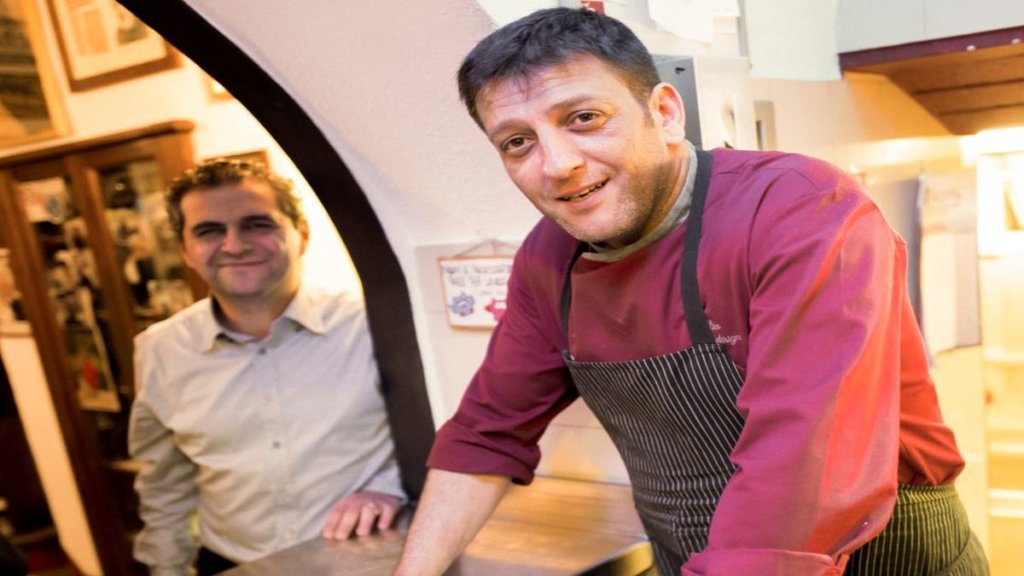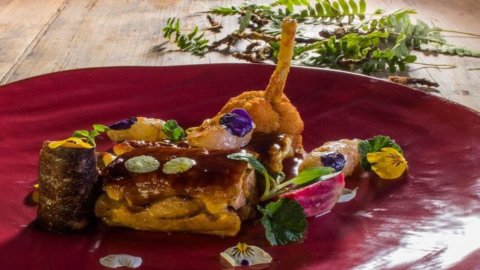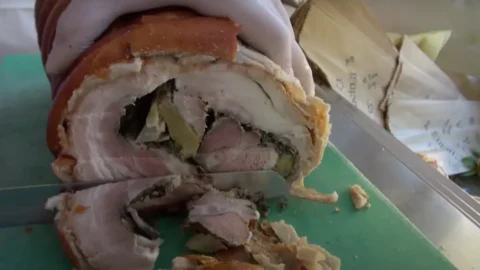It is known in the Andean countries and throughout Central America as Goose of Peru, but it has nothing to do with aquatic birds spread throughout Europe. Actually it's not even an animaland yet it is a tuber with a slightly spicy and sour taste and with a crunchy structure that can recall carrots but once cooked it takes on a pasty and floury consistency. The its scientific name is tuberous oxalis and it is precisely the quantity of oxalates that gives it a certain acidity which however disappears if it is exposed to the sun. The Oca del Peru arrived late in Europe around the first decades of the nineteenth century but I can't find a territory suitable for its cultivation because in its country of origin, ie on the Andean highlands, it is widespread in large crops, at an altitude between 3000 and 4000 meters above sea level. New Zealand fared better where this type of tuber tastier than potatoes arrived in the mid-nineteenth century, and managed to find suitable conditions to be cultivated.
The Goose of Peru has remarkable nutraceutical properties, mineral salts, potassium, phosphorus, selenium, magnesium, B group vitamins, vitamin A and vitamin C and has significant anti oxidant properties. But it is also rich in oxalates as its botanical name suggests, so it cannot be used excessively. In central-southern America it is widely consumed on its own, fried, baked, in soups, and in numerous dishes of the local gastronomic tradition, and even in some desserts.
In the recipe of Laura Peri roast chicken, goose from Peru and laurel sauce by Nico Atrigna Chef of the Le Logge restaurant located in a historic building from the end of the 500th century, in the heart of the center of Siena, the Goose was chosen for give the dish a touch of acidity, together with an imprint of originality and novelty in a traditional dish as is typical of the cuisine of this glorious restaurant. A restaurant that speaks of history, elected as a place for intellectuals and artists, which has carved out an authoritative space for itself among quality restaurants in Tuscany thanks to Gianni Brunelli winegrower and innkeeper-myth who has always set himself the task of preserving the flavor of the time, the peasant roots of a gastronomy made of poor ingredients and great popular wisdom. A cuisine – it has been said – that warms the heart and the stomach. In these kitchens Nico Atrigna arrived in 2002 on the strength of a long association with Gianfranco Vissani, istarted with an internship that put him in plain sight with the Baschi Chef who then wanted him with him on various culinary adventures including the dinner in honor of US President Bill Clinton visiting Florence. A lesson that of Vissani that Atrigna has well assimilated in his concept of cuisine whereby local tradition must coexist harmoniously with a signature gastronomy in the constant search for quality, refined taste and sustainability. A sensitivity also in line with the story that reigns inside Brunelli's Osteria when he says: “I like to think of how food is an expression of the earth, full of energy and balance, and that it should trigger emotions and activate the memory”. Precisely a memory that Atrigna conceives not as a page of an open book on the past but as a historical component that must fuel a passion to be transferred to all its guests so that nothing of the roots is lost but always keeping an eye to the future.

The recipe for 'Laura Peri' roast chicken, Peruvian goose and laurel sauce
ingredients for four people
a chicken
100 grams of chicken demi-glace
100 grams of water
100 grams of laurel
400 grams of Peru goose tubers
Extra virgin olive oil
Salt and pepper as needed
Herbs
Preparation
For the laurel sauce, centrifuge the bay leaves raw, add salt and bind with water and starch.
Debone the chicken, vacuum-pack the breasts and cook in the ronner for 40 minutes at 75 degrees. Prepare the thighs in a tulip shape
Blanch the Peruvian goose and sauté in a pan with thyme, sage and rosemary butter. Keep warm. When serving, brown the breasts and thighs. Fry the tulips. Glaze the meat with the demi-glacee and serve with Peruvian goose and laurel sauce





